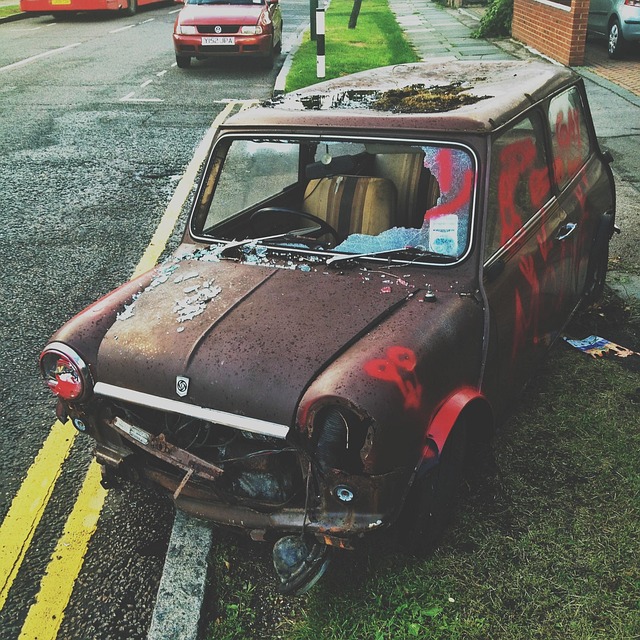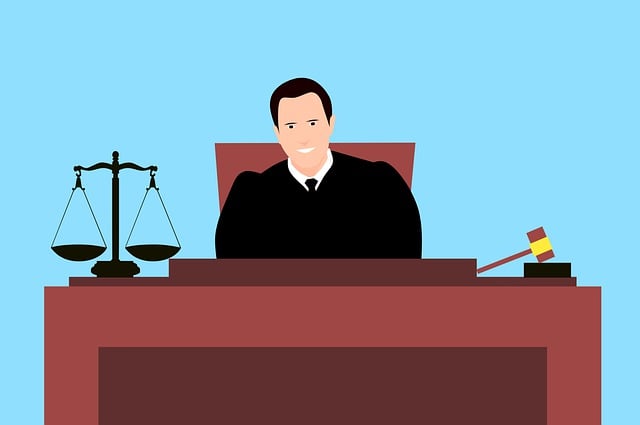Pedestrian Truck Accidents: Legal Implications & Protection for Injured Parties

Pedestrian truck accidents are a significant road safety concern, causing severe injuries due to imp…….
In an era defined by rapid urbanization and increasing road traffic, the intersection of pedestrians and trucks presents a critical challenge for transportation systems worldwide. A “pedestrian truck accident” refers to any incident involving a pedestrian being struck or injured by a truck or commercial vehicle while crossing a road or navigating a public space. These accidents not only cause physical harm but also have profound economic, social, and environmental implications. This comprehensive article aims to explore the multifaceted nature of pedestrian truck accidents, analyzing their causes, impacts, and potential solutions from global, technological, regulatory, and practical perspectives. By delving into these aspects, we seek to enhance understanding and drive improvements in road safety and urban mobility.
At its core, a pedestrian truck accident involves a collision or near-miss between a person on foot (pedestrian) and a heavy goods vehicle (HGV), including trucks, buses, and delivery vans. These accidents can occur in various settings, from urban streets to rural roads, and often involve complex interactions between human behavior, vehicle dynamics, and road infrastructure.
Pedestrian-truck collisions have been a concern since the advent of motorized transport. With the growth of cities and increasing reliance on trucks for goods delivery, these accidents have become more prevalent. Historically, lack of regulation and inadequate safety measures contributed to high injury and fatality rates. However, over time, global efforts have led to improvements in vehicle design, road rules, and public awareness, reducing but not eliminating these incidents.
Pedestrian truck accidents are a critical component of road safety, particularly in regions with high pedestrian traffic and dense urban populations. They often reflect broader systemic issues, such as inadequate street design, poor lighting, or insufficient enforcement of traffic regulations. Addressing these accidents requires a holistic approach that considers the complex interplay between human factors, vehicle technology, and infrastructure planning.
Pedestrian truck accidents are not confined to specific regions but occur worldwide, each with unique characteristics influenced by local conditions. For instance, densely populated urban centers in Asia may face higher pedestrian-vehicle collision rates due to heavy traffic and crowded sidewalks, while rural areas in North America might see more isolated incidents related to driver fatigue or poor road conditions.
Pedestrian truck accidents have significant economic implications, affecting various sectors:
Addressing pedestrian truck safety has become a strategic priority for governments and urban planners. This has led to increased investment in:
The trucking industry itself is a significant economic driver, employing millions globally. However, accidents can disrupt operations, leading to:
Technological advancements hold the key to significantly reducing pedestrian truck accidents:
Pedestrian truck accident prevention is heavily influenced by regulatory bodies and policy decisions:
Despite progress, challenges remain:
Amsterdam, Netherlands, has adopted a unique “shared space” concept, reconfiguring busy intersections to prioritize pedestrians and cyclists over vehicles. This involves removing traditional traffic signals and road markings, forcing drivers to yield to those on foot. The result is a significant reduction in pedestrian-vehicle collisions while enhancing the overall walking experience.
Key Takeaways:
Sweden’s capital, Stockholm, has implemented the Vision Zero strategy, aiming to eliminate all traffic fatalities and severe injuries. This involves a multi-faceted approach:
Lessons Learned:
Tokyo, Japan, has developed a sophisticated smart traffic management system that utilizes real-time data from sensors and cameras. This system adjusts traffic lights based on current conditions, reducing congestion and wait times for pedestrians.
Successful Aspects:
Pedestrian truck accidents represent a complex challenge that demands a multifaceted approach. By examining global trends, economic implications, technological advancements, and policy frameworks, this article has highlighted the urgency and importance of addressing these incidents. The successful case studies presented demonstrate that through innovative design, effective regulation, and public engagement, substantial improvements can be achieved.
Looking ahead, the future holds promise with emerging technologies and data-driven solutions. However, it also requires strategic planning, collaborative efforts, and a commitment to continuous improvement. As cities continue to grow and transportation systems evolve, prioritizing pedestrian safety will remain a critical aspect of urban development and mobility planning worldwide.
Q: How do I know if my city’s road safety policies are effective?
A: Evaluate policy effectiveness by tracking accident rates, comparing them with historical data, and collecting feedback from the public. Successful policies should show consistent reductions in pedestrian-truck accidents over time.
Q: What role does weather play in pedestrian truck accidents?
A: Weather conditions can significantly impact road safety. Rain, snow, fog, and ice often reduce visibility and road traction, increasing accident risks. Adequate signage, improved lighting, and public education about safe driving in adverse conditions are essential.
Q: Can technology completely eliminate human error in truck drivers?
A: While advanced technologies like ADAS and autonomous vehicles can significantly reduce human error, they cannot eliminate it entirely. Human factors still play a role, especially in complex decision-making scenarios. Therefore, a holistic approach combining technology with driver training and safe behavioral practices is necessary.
Q: How do I report a pedestrian-truck accident?
A: Reporting procedures vary by location but generally involve contacting local law enforcement or transportation authorities. Provide details about the incident, including dates, times, locations, vehicle descriptions, and any injuries sustained. Follow local guidelines for documentation and claims.

Pedestrian truck accidents are a significant road safety concern, causing severe injuries due to imp…….

Pedestrian truck accidents, often fatal or severe, stem from driver errors, visibility issues, speed…….

After a pedestrian truck accident, understanding your legal rights is crucial for compensation. A la…….

Pedestrian truck accidents pose significant road safety risks, leading to severe injuries or fatalit…….

Pedestrian truck accidents present unique challenges due to the significant weight and force involve…….

Pedestrian truck accidents are a significant concern due to the disparities in force and weight betw…….

Pedestrian truck accidents often result in severe injuries or wrongful death, highlighting the impor…….

After a pedestrian truck accident, immediate priority is safety and seeking medical attention. Docum…….

Pedestrian truck accidents pose significant risks due to high speeds, blind spots, limited maneuvera…….

Pedestrian truck accidents are severe, often caused by driver negligence or road design flaws, leadi…….